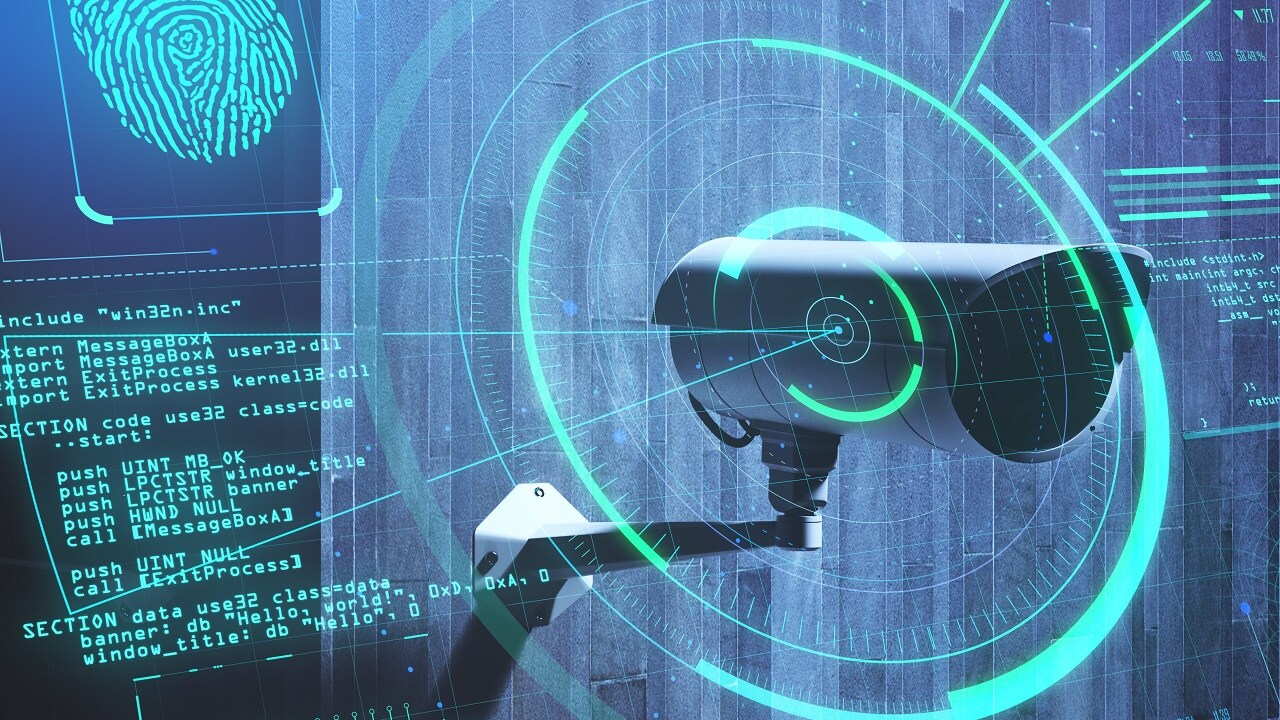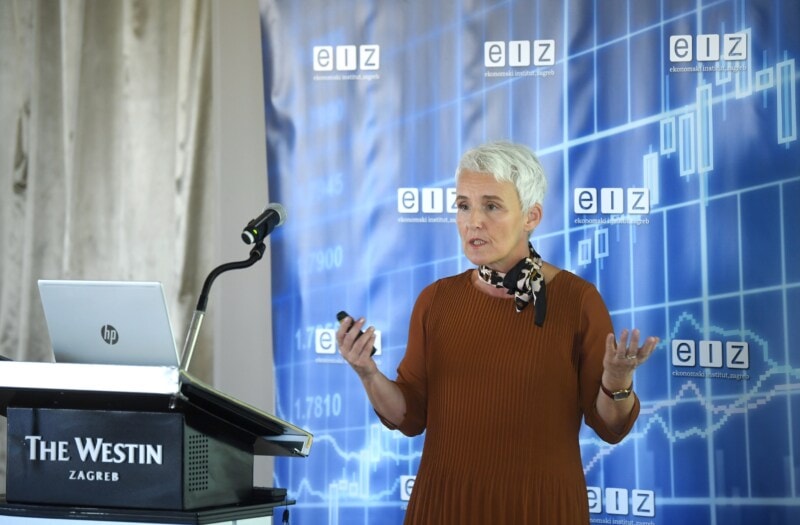Criminal networks are becoming ever more sophisticated in their illegal operations. In the constant battle against illicit trade, technology is playing a key role in helping anti-crime agencies stay ahead of the criminals. At the forefront of this is artificial intelligence (AI) technology, heralded as a game changer in preventing illicit activities like smuggling and human trafficking.
A European Union–funded project launching this year will be one of the first multinational projects to put advanced AI technology at the core of its anti-illicit trade solution. Developed by agencies in Portugal, Estonia, Italy, Greece, Bulgaria, Romania and Hungary, the Roborders project will use AI robots to detect smuggling across borders.
In their sights are criminal organizations that have targeted hard-to-patrol areas between countries. Unmanned drones, land and water vehicles will be able to keep track of these sections of border crossings, identifying smugglers and relaying their location to border control.
Initially, the project will launch two pilot programs aimed specifically at drugs and weapons smuggling, as well as human trafficking. The first will keep track of unauthorized sea and land border crossings, first between the Bulgarian-Turkish and the Estonian-Russian borders. The second pilot program will track illegal communications between criminal gangs using covert networks to help hide their operations.
AI technology has, for a number of years, been touted as the key to bringing border security into the 21st century. In 2017, a report by Accenture labelled AI “the next breakthrough technology for the border services ecosystem.” And, while using AI to track criminal behavior is a divisive issue, the technology will be central in helping heavily stretched border control agencies combat serious criminals. Especially those profiting from the trafficking of drugs, weapons, and people.
This is important because smuggling is a growing issue. Collaboration between the EU’s anti-crime agencies has led to several high-profile arrests of gangs operating extensive smuggling networks across Europe. While this shows great progress, it also shows the extent to which smugglers are continuously diversifying their operations and tactics. Recent cases have shown gangs smuggling drugs, tobacco, migrants, or enslaved workers into one country, laundering money in another, and spending their profits in a third.
Key to the success of these criminal gangs is their ability to move illicit products between borders. By choking off access to vulnerable areas between countries, Roborder is going a long way in tackling the issue of trafficking in the EU.
However, increased investment in projects that harness the power of technology will be needed to tackle illicit trade in the future. Whether it’s the use of blockchain or the development of secure networks for the world’s anti-crime agencies to share information and collaborate effectively, technology is already playing a central role in helping anti-crime agencies combat illicit trade. But as criminal organizations continue to innovate their operations, technology can play a central role in enabling border control agencies to expand their ability to stop them.


-(1).png)


